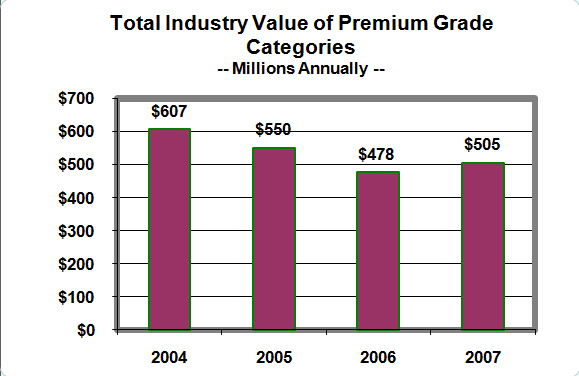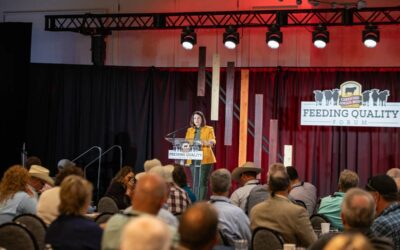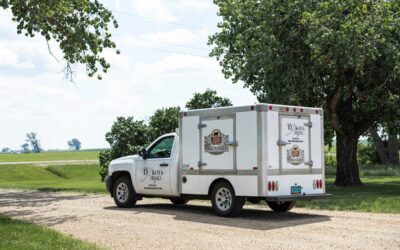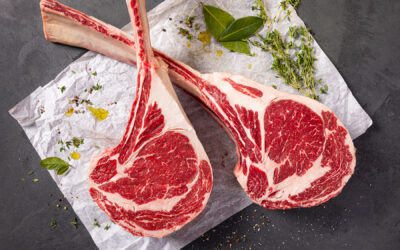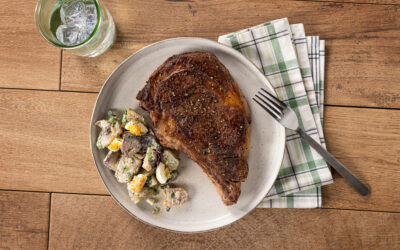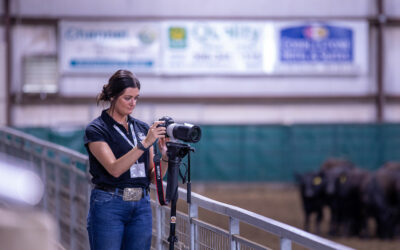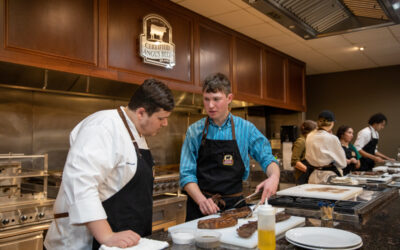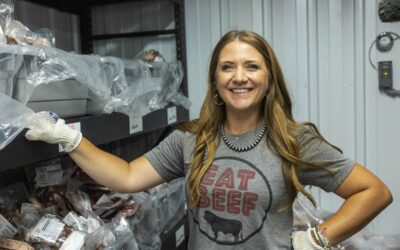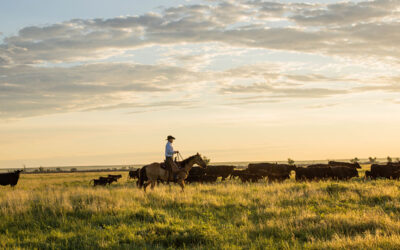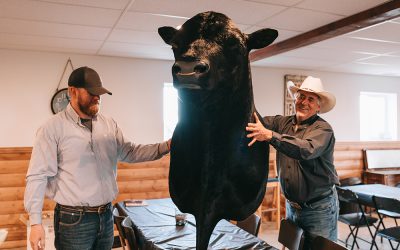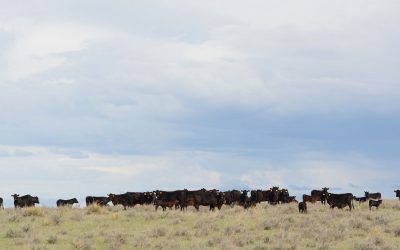
Pounds pay, but…
August 22, 2011
I’m pregnant so I’m used to getting weighed. Often. Like every single month and pretty soon, every other week. But honestly outside of those appointments I don’t think about pounds too much right now.
That’s in stark contrast to the beef industry. Sometimes I feel like all we think about is pounds. And why not? Calves and fed cattle are always marketed with some element of weight and of course, hamburger and steaks go by what? Ah, yes, price-per-pound.
So that’s why everybody from local vets to university researchers seem dead set on this one:
Myth—Pounds is the only thing that matters in the beef business.
Fact–You know I’m going to say that marbling is important. (I do work for CAB afterall.) But it’s not just because you gotta have it to qualify for our brand.
I’m not saying ignore pounds, but pounds in tandem with quality is ideal. Why? Because it brings more profit in for you and the greater beef business.
Highly respected ag economist John Lawrence did a research paper on this in 2002 and updated it in 2009. When the Choice/Select spread was $6/cwt. or more, no other driver of feedlot profitability was more important than marbling. None. Not even those beloved pounds.
“Sure, a $6 spread?!” you might say sarcastically, but the average was $8 from 1996-1999. So it can happen. But in his analysis he checked out results as it moved higher and lower. Even at a $4 spread, marbling was the second most important variable, behind placement weight.
And regardless of where it ranks, those flecks of flavor have monetary value. More pounds that are also worth more is like the American Dream of the cattle business.
Five years ago I covered a Cattle-Fax research paper about the value that premium brands (like CAB) add to the industry. It’s still a pretty interesting read and I’m no economist but I’d have to guess has continued to grow. Here are a couple of the highlights:
-
“If we went back to a Choice/Select basis on everything we produce today,it would cost us,on average, $2.59 per hundredweight (cwt.) of carcass,” says Brett Stuart, the analyst who authored the paper.
-
“The fact that we differentiate higher grading beef, including CAB (Certified Angus Beef®), is worth roughly $20 per head,” he says.
-
“Even the guys selling calves at weaning benefit. That $20 a head filters through the live side of our industry,” he says. “If you look at long-term profitability in the feedyard and packing plant, it’s less than $13 a head. Something that adds upwards of $20 per head in total value is highly significant.”
I’m sure I could dust off some other data if you don’t believe I’ve made my case. But if you’re into arguing this one, I must ask: why wouldn’t you want both? You don’t have to choose pounds over quality, so why not chose pounds and quality?
May your bottom line be filled with black ink,
Miranda
You may also like
Feeding Quality Forum Shares Market Outlook, Path to Meeting Demand
The beef demand success story of the past is also the industry’s roadmap for the future, said speakers at this year’s Feeding Quality Forum. The program covered everything from current market conditions and technology to price forecasts and advancements on the horizon.
Certified Angus Beef Launches Direct-to-Consumer Program
Could your freezer beef carry the CAB logo? Perhaps. With the launch of a new program. Ranch to Table, a direct partnership program between CAB and cattle operations using Angus genetics, allows ranchers to use the brand’s trusted reputation for increased gain.
Certified Angus Beef Expands Offering with Grass-Fed Beef
Certified Angus Beef ® Grass-Fed by Niman Ranch product will make up less than 1% of it’s total supply. A niche product, it will initially only be available through a few, exclusive restaurants and grocery stores. Consistent with all CAB products, the grass-fed beef must meet all 10 specifications to qualify for the brand.

